Plant Native Trees That Attract Birds
Updated: Jan. 21, 2022
Plant these native trees to attract more birds to your backyard. Discover the best trees to grow to provide habitat and food for wildlife.
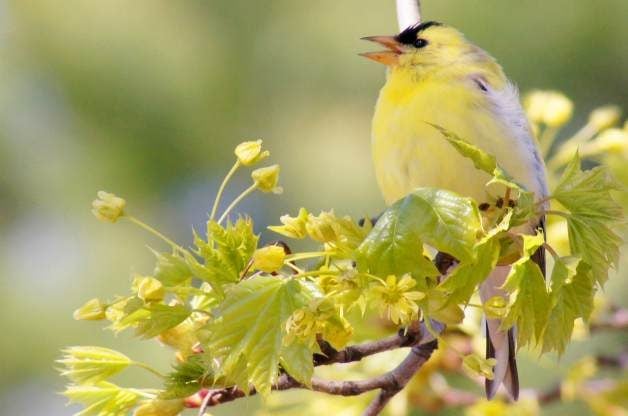
When it comes to choosing plants with the most long-term benefit to the birds in your backyard, you can’t go wrong with native trees. Trees offer a whole buffet of food options in the form of seeds, fruit, nuts, sap, nectar, leaves, pollen and insects. If you don’t have many trees in your yard, try these suggestions for the best trees that attract birds.
Take stock of what you have. Make note of the trees in your yard. Decide which existing trees provide shelter, breeding sites and food, and then remove any that don’t make the grade—especially if the tree is unhealthy, unsightly or unsuitable for your yard.
Determine which wildlife attributes are still lacking and what types of trees will help fill those needs. The number of trees will vary according to your space, but a good rule of thumb for an average-sized yard is one or two large trees, at least one grouping of smaller trees and shrubs, and one clump of conifers for winter shelter.
Never plant these invasive shrubs (and what to grow instead!)
Choose Trees That Attract Birds
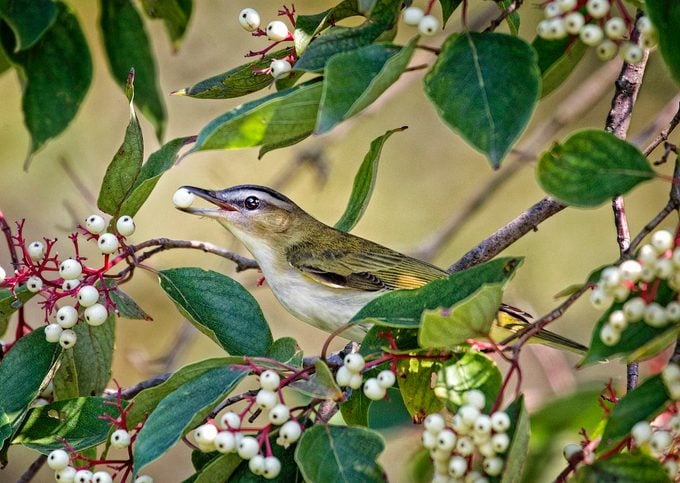
When selecting trees, pick species that are compatible with your climate, specific soil type and light conditions. Also check what size the trees will be when fully grown, and make sure they will not overwhelm the allotted space.
Not all trees flower or produce food at the same time of year, so the more types of trees you have, the more enticing your yard will be. Keep the buffet coming by offering both evergreen and deciduous trees with overlapping blooming and fruiting cycles.
For example, in spring, dogwood offers insects and buds for birds to eat, and is a host plant for many butterflies in the blues family. Serviceberries (Amelanchier) provide June fruit, while mountain ash (Sorbus), fringe tree and magnolia follow with fall fruit offerings. Hollies and hawthorns bear fruit in fall that persists into winter and often through early spring.
Check out 5 ways to create a bird-safe backyard.
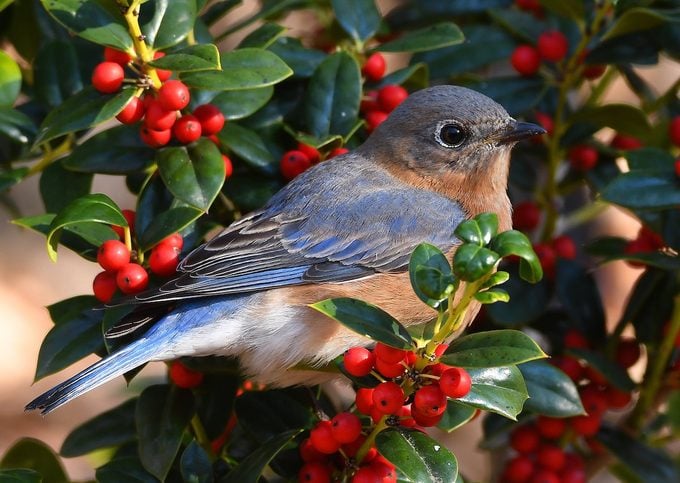
Birds like finches, juncos and nuthatches favor seeds. Seed-producing trees include redbuds and maples, along with the seed-filled cones of spruce, fir, pine and hemlock.
Even sap from trees like oak, birch and maple can be a feast for some winged wildlife, especially butterflies like mourning cloaks, anglewings and wood nymphs. And any insects attracted to the sap may become a meal for nuthatches and other insect-eaters that search nooks and crannies for grubs, ants and other bugs.
Not all trees are created equal when it comes to attracting birds and other wildlife. But if you carefully select the trees you plant, you can feed a variety of birds, along with shelter and places to raise young. So give these trees a try. Remember to do a little research to find the species or cultivars that will thrive in your climate and soil conditions.
Check out 7 things you need to know before planting a tree.
Best Trees to Grow for Birds and Wildlife
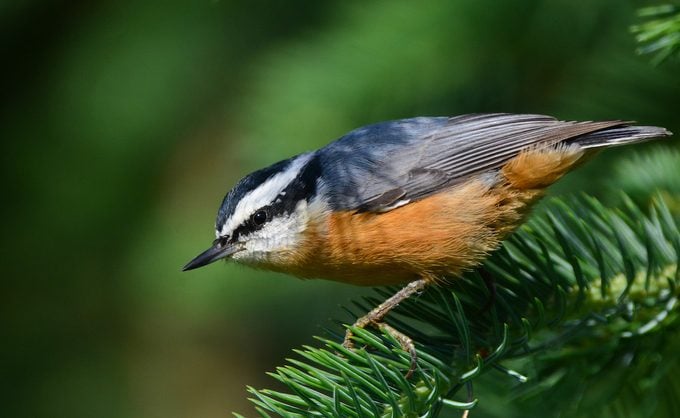
Maple (Acer)
Birds and small mammals devour the seeds within the winged samaras of maples. The leaves also make these trees host plants to almost 300 butterfly and moth species.
Birch (Betula)
Many birch species have beautiful white, black or tan bark, and their conelike strobiles are a food source for birds and small mammals. Birch is the host plant for more than 400 species of butterflies and moths.
Spruce and Pine (Picea) and (Pinus)
Spruce and pine offer excellent year-round shelter and produce seed-filled cones that beckon birds and small mammals. Pines are the host plants for more than 200 butterflies and moths; spruce for more than 150.
Poplar (Populus)
Songbirds, waterfowl and small mammals love to feed on the cottony seeds of these trees, and more than 350 butterflies and moths eat its leaves.
Cherry, Plum and Chokecherry (Prunus)
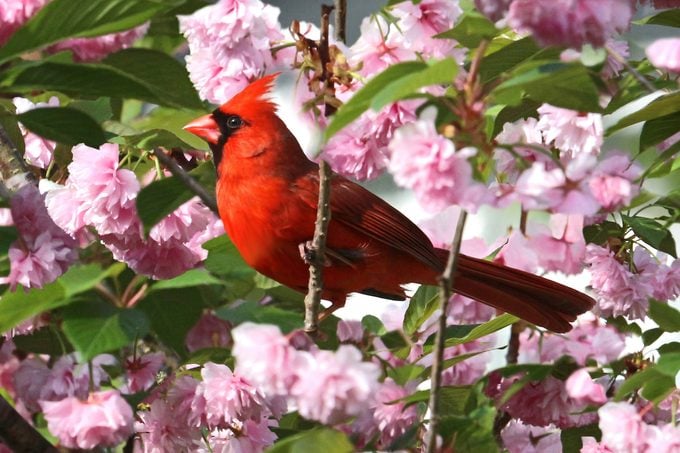
The fruit ranges from tiny black cherries to inch-long American plums, and songbirds, ground birds and mammals of all sizes relish it. More than 400 moths and butterfly species eat the leaves.
Oak (Quercus)
The acorns feed everything from squirrels and deer to wild turkeys and black bears. More than 500 butterflies and moths are attracted to this host plant.
Willow (Salix)
Willow seeds feed a wide variety of songbirds, waterfowl and small mammals. The trees are host plants for more than 400 butterflies and moths.
Next, learn how to grow native ornamental grasses for birds and butterflies.
